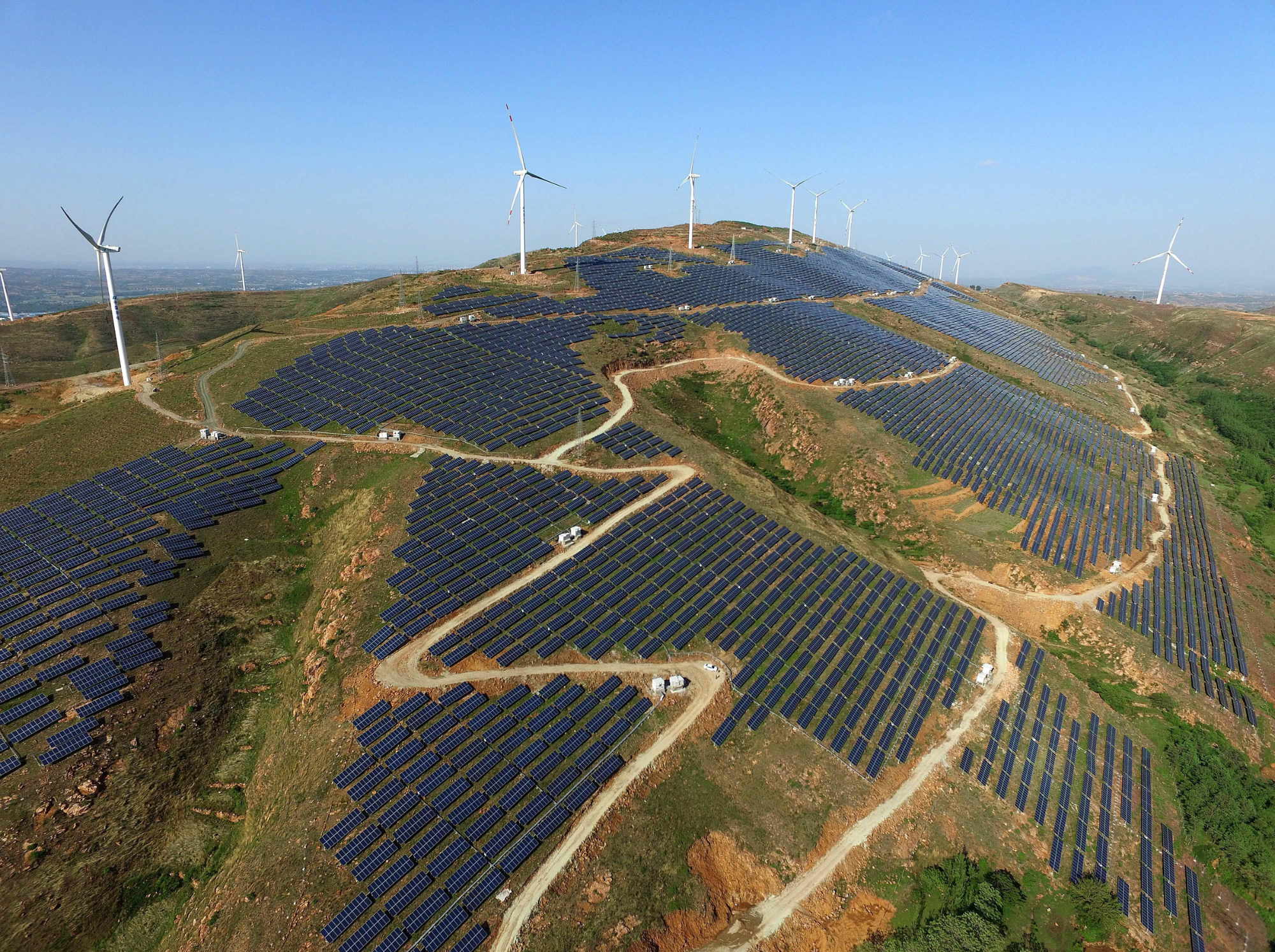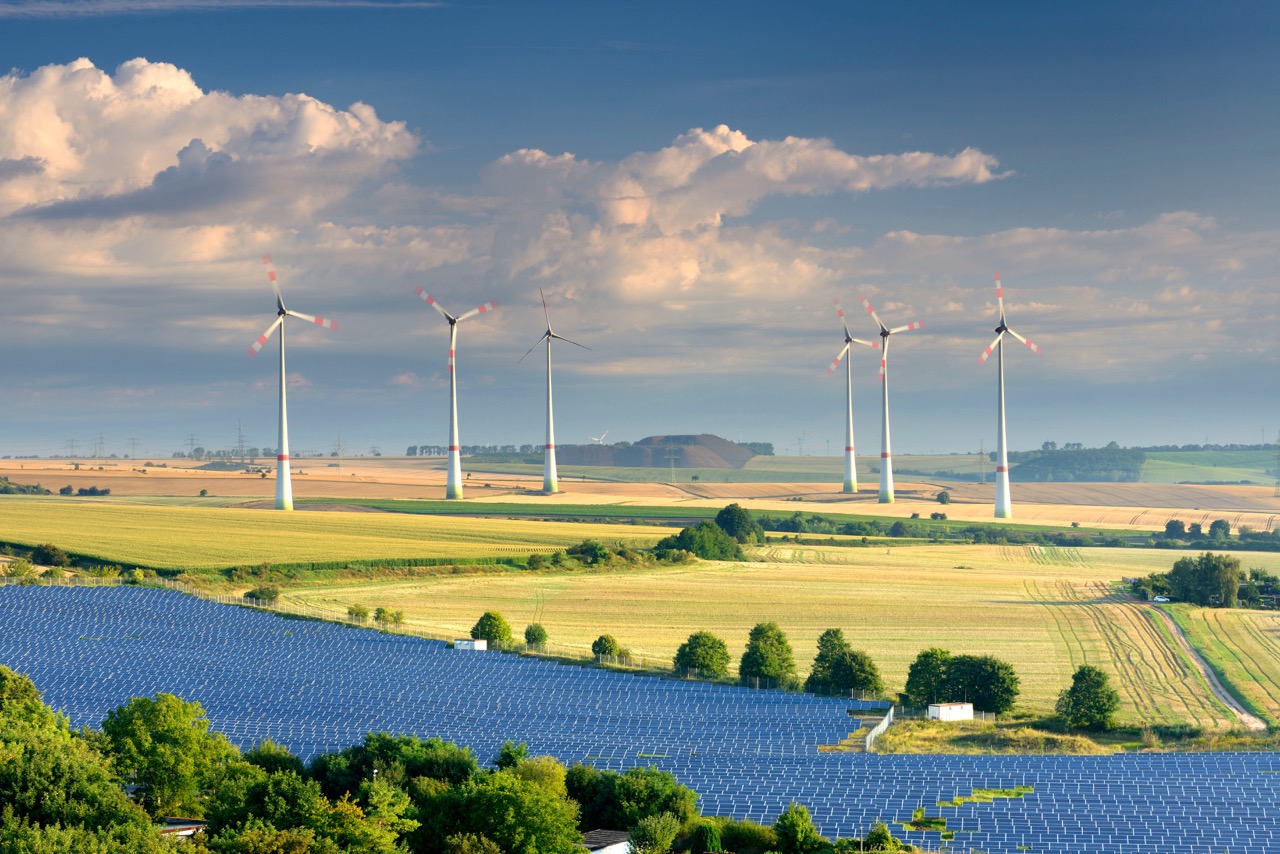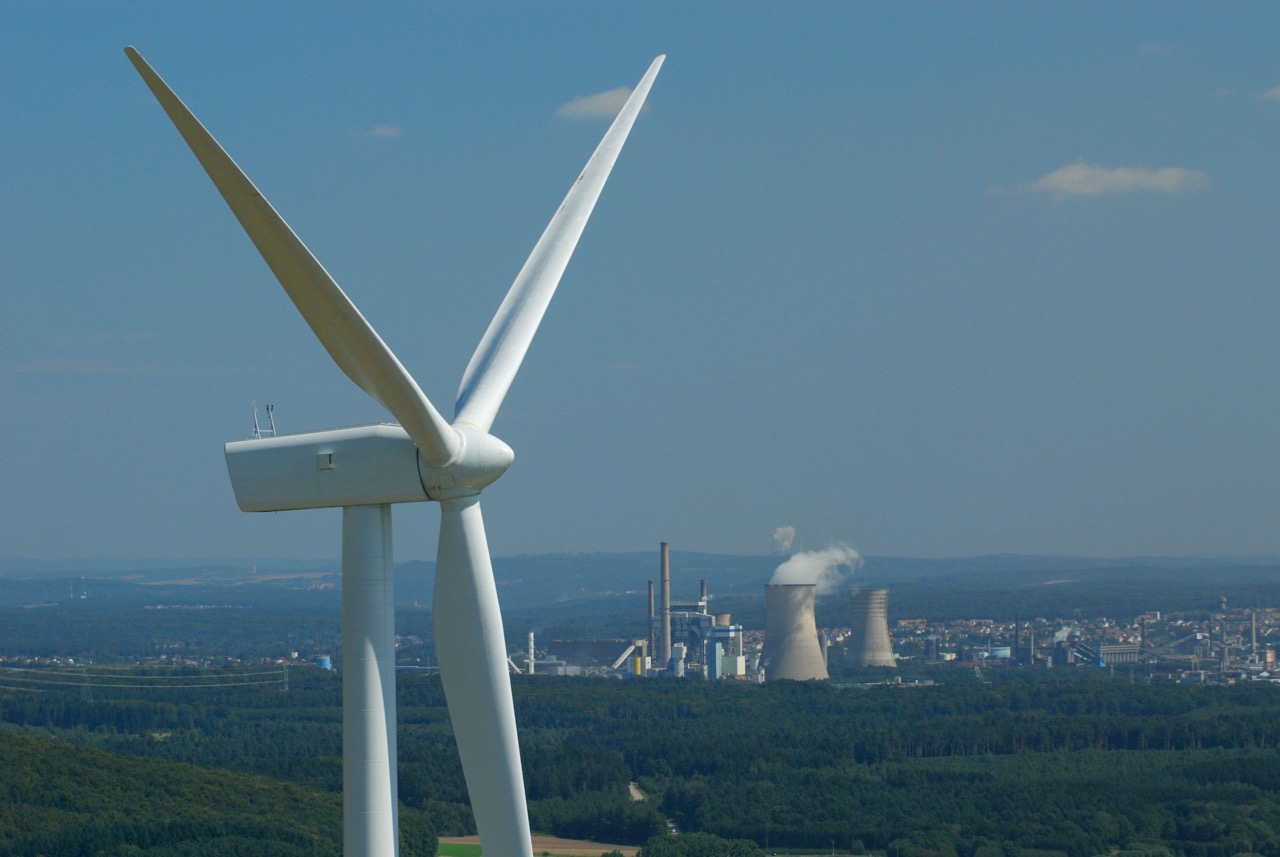
Evolving energy, evolving Ember
Today Ember launches a new mission statement that reflects the evolving energy landscape.
As electricity expands into being the basis of our entire energy system, Ember’s horizons are expanding too.
The future of our global energy system is electric. This is no wish or fantasy, but a logical deduction based on the profound transformation that is already well underway.
As you’ll know if you’re familiar with Ember’s work, wind and solar already provide new electricity generation more cheaply than anything else in most of the world, which is why they are expanding faster than anything else. Already every second two-wheeled vehicle sold worldwide is electric, and cars are catching up, due to tumbling battery prices, lower running costs and the absence of tailpipe pollution. Heat pumps are being sold at exponentially rising rates in North America and much of Europe.
Yes, fossil fuels still provide the majority of energy worldwide. But the rise of clean power is already constraining their growth, and even the historically conservative International Energy Agency now forecasts falling demand for coal, oil and gas before the end of this decade.
As electricity expands into being the basis of our entire energy system, Ember’s horizons are expanding too.
Electrifying progress
If you visited our website last week and are having another look today, you may notice that we’ve made a few changes in how we describe ourselves and the work we do.
The changes are subtle but meaningful. Our focus on ‘clean electricity’ has expanded to a ‘clean, electrified energy future.’
The word ‘electrified’ comes into our mission statement because the expanding use of electricity in transport, heating and industry is becoming as important as the growth of wind and solar generation.
It’s the combination of those two trends that brings the biggest societal benefits – reducing energy costs, enabling self-sufficiency for individuals, communities, businesses and countries, reducing energy wastage and cutting greenhouse gas emissions.
Flexible friends
Behind the changes to our mission statement lie not only an acknowledgement of how the energy system is progressing, but also how our role needs to evolve and expand so we continue to track and analyse all the important facets of the transformation.
This in turn is being facilitated by the rapid expansion of Ember itself, which is growing even faster than global electric vehicle sales. More people (and we’re up to around 50 now, just three years on from our launch) means capacity to generate a greater breadth of data and analysis, with a growing focus on Asia in particular and the expansion of our coal mine methane work into satellite data.
Other organisations are already tracking the growth in, for example, electric car sales. Our focus will be more holistic, identifying what this means for the electricity system.
To do this properly we will also be taking a growing interest in the role of power grids, which are emerging as a major constraint on the swift expansion of cheap renewable generation, and in mechanisms such as battery storage and demand response which allow a renewables-based system to deliver 24/7 power even when the wind isn’t blowing and the sun isn’t shining.
Transition underway
None of this is entirely new to Ember.
Already this year we’ve published reports on the huge benefits that India can gain by expanding its national grid and scaling up flexibility, and on how grid strengthening in Europe will help deliver climate change targets.
We’ve shown how cheap renewables have buffered energy costs in Europe against the impact of Russia’s invasion of Ukraine, and we’ve shown how combining further rollout with grid development could bring further price savings.
Our flagship Global Electricity Review is already noting the likely impact on electricity demand from electrification, while in Asia we’ve begun to illustrate how data transparency can facilitate smart energy system analysis, helping in the development of beneficial policies.
So our amended mission and priorities are an evolution – rather like what’s happening with the energy system itself.
Coal and gases
On the side of fossil fuels, cutting coal burning remains hugely important for combating climate change, in addition to cleaning up polluted outdoor air.
But while most analysts focus solely on the climate impact of burning it, we will continue to highlight the impact of mining it.
If you search the web for ‘methane+climate’ you’ll almost certainly turn up pictures of oil rigs and cows; and while these sources of this fast-acting greenhouse gas are massively important, so are coal mines.
Under-estimated by scientists and under-appreciated by policymakers, cutting coal mine methane is an effective and often cheap way to make a quick dent in emissions. You can expect further cutting-edge analyses on this from the (slightly-)new-look Ember.
The clean energy transition is swiftly re-shaping our world through changing energy sources, transport modes and heating options. The pace and scale are amazing, with news and statistics arriving so quickly that it can be hard to keep up with the data alone, let alone the implications. That’s what we’re here for. To that extent, our mission really hasn’t changed at all.
Acknowledgements
Image Credits
Martin Bond – Alamy Stock Photos
Related Content





